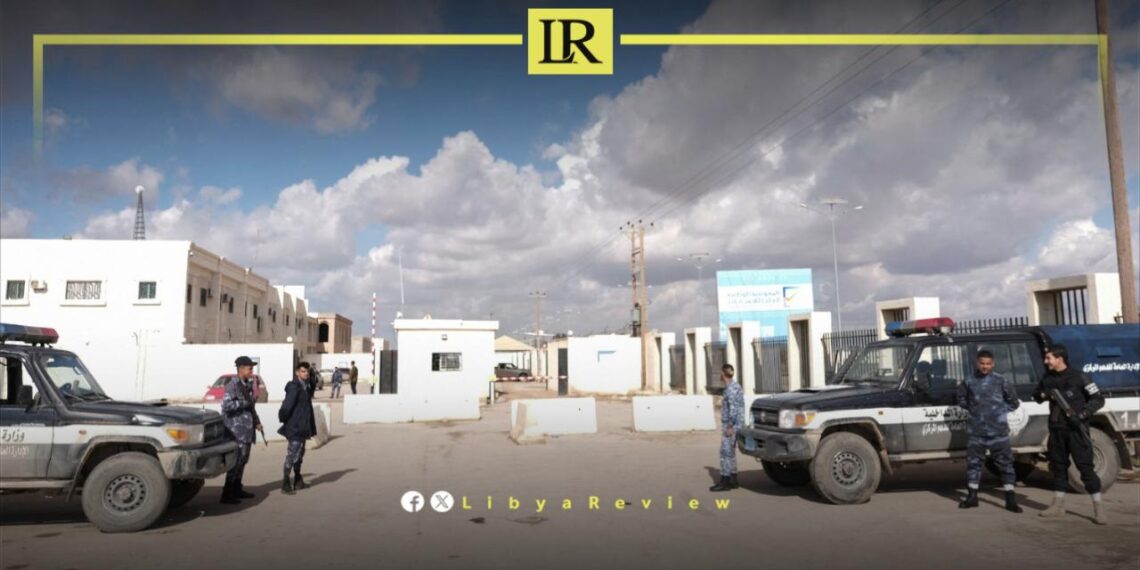Libya stands on the brink of renewed conflict as escalating political tensions and military maneuvers stir fears of a return to civil war. More than a decade after the fall of Muammar Gaddafi, the country remains deeply divided, with recent developments suggesting that the fragile peace achieved in recent years could soon unravel.
The situation took a significant turn when the Libyan Parliament in Benghazi declared the end of the mandate for the Government of National Unity (GNU) led by Prime Minister Abdul Hamid Dbaiba. In its place, the Parliament has recognized Osama Hammad’s government as the legitimate authority, further deepening the rift between Libya’s eastern and western regions. This political shift has exacerbated tensions and added to the uncertainty surrounding the country’s future.
Compounding the political crisis, the Libyan National Army (LNA) has mobilized its forces toward the southwestern region, ostensibly to secure the borders, prevent arms smuggling, and block the infiltration of militants. However, this military movement has raised concerns, particularly among the Dbaiba government and powerful tribal groups such as the Zintan, who view it as a strategic maneuver to assert control over the region.
The failure of multiple peace initiatives has only heightened fears that Libya could slip back into conflict. The current political landscape bears striking similarities to the conditions that preceded the outbreak of civil war in 2014—a war that raged until 2020, leaving the country devastated. As both sides entrench their positions, the prospect of a negotiated settlement seems increasingly unlikely.
Political analyst Mohamed Mahfouz has drawn a stark comparison between today’s situation and the events of 2014. He warns that the intense political polarization now gripping Libya mirrors the divisions that led to the previous civil war. According to Mahfouz, each faction, whether in the East or West, is more concerned with demonstrating its power than with pursuing a path to national elections that could resolve the crisis.
Adding to the complexity is the apparent lack of international focus on Libya. As global attention shifts to other crises in Gaza, Lebanon, Yemen, and Sudan, Libya’s problems risk being overlooked. Mahfouz argues that this international disengagement could allow the situation to deteriorate to a point where renewed conflict becomes inevitable.
The LNA’s recent military activities in southwestern Libya, particularly around the strategic Ghadames area and the NC-7 oil field, suggest a broader objective beyond border security. By asserting control over these vital economic assets, the LNA aims to reinforce its position as Libya’s dominant force, signaling to the international community that it controls the country’s most crucial resources.
Meanwhile, the Libyan public remains disillusioned and wary. Despite the worsening economic conditions and a lack of basic services, many Libyans are fearful of further conflict. The memory of the last civil war is still fresh, and the populace is deeply skeptical of the existing political entities, which they perceive as more interested in clinging to power than in resolving the nation’s crisis through democratic means.
Libya’s future as a unified state is increasingly in doubt. With entrenched political divisions and escalating military actions, the threat of a return to civil war looms large. The international community’s apparent reluctance to intervene decisively only adds to the uncertainty, leaving Libya on the brink of another potentially catastrophic conflict.


